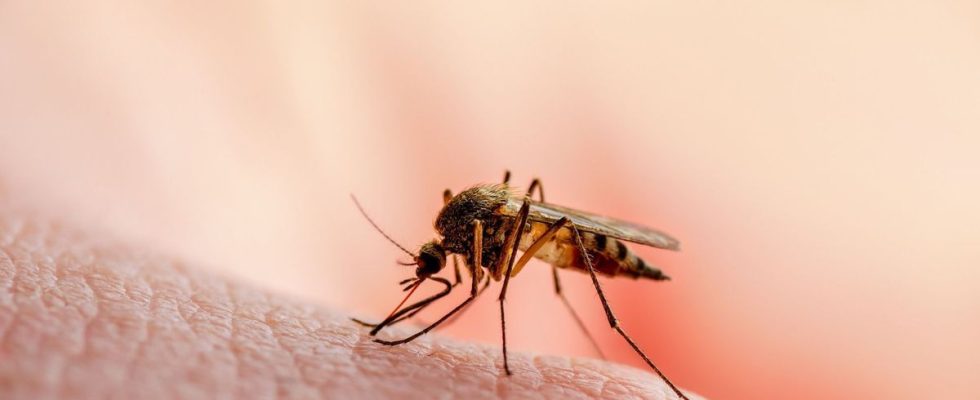Published on
Updated
Reading 2 mins.
Five cases of autochthonous malaria have been identified in the United States in the past two months, the US Department of Health said on Monday (June 26th). The country had not reported non-imported cases of malaria since 2003.
Malaria, also called malaria, is a disease caused by a parasite of the genus Plasmodium, mainly transmitted to humans by female Anopheles mosquitoes. It affects a hundred countries in the world, in particular the underprivileged tropical zones of Africa, Asia and Latin America.
Cases detected in Florida and Texas
The recent contaminations on American soil are not linked to trips to these areas. People have been infected by mosquitoes carrying the parasite in the United States. Four cases of malaria have been detected in Florida and one in Texas over the past two months. The contaminations in these two states do not appear to be linked, reports the Centers for Disease Control and Prevention (CDC).
Each year, 2000 cases of malaria are diagnosed in the United States, but this always concerns people who have traveled abroad. “Even if malaria was eradicated from the country in 1970, small local outbreaks of contamination continue to occur, linked to mosquitoes carrying the parasite.the CDC said in 2003. The last cases of indigenous malaria in the United States were reported in 2003: 8 cases in Palm Beach County, Florida.
The new cases detected in Florida were identified in Sarasota County. The four people infected in the state were treated quickly and are out of danger.
The priority: attacking mosquitoes
The country’s health authorities have reminded people of the different ways to prevent mosquito bites (using repellents, wearing long-sleeved pants and tops, air conditioning, and screens on windows and doors).
Following the detection of these cases, the health authorities are also seeking to verify whether additional cases are declared. Prophylactic measures have also been taken against mosquitoes, vectors of malaria. In Florida, Sarasota and Manatee counties will treat standing water that is conducive to mosquito breeding.
What are the symptoms of malaria?
In a non-immune person, the symptoms of malaria appear 8 to 30 days after the infectious bite: a high fever which can be accompanied by headaches, muscle pain, weakness, vomiting, diarrhea and cough. Typical cycles alternating fever, tremors and intense sweating can then occur. Malaria is a serious infection that can be treated with medication.
In 2021, nearly half of the world’s population was at risk of malaria. In France, the departments of Guyana and Mayotte are the only areas of the territory where malaria is present. In mainland France, cases of malaria almost exclusively concern people returning from countries where malaria transmission is active.

